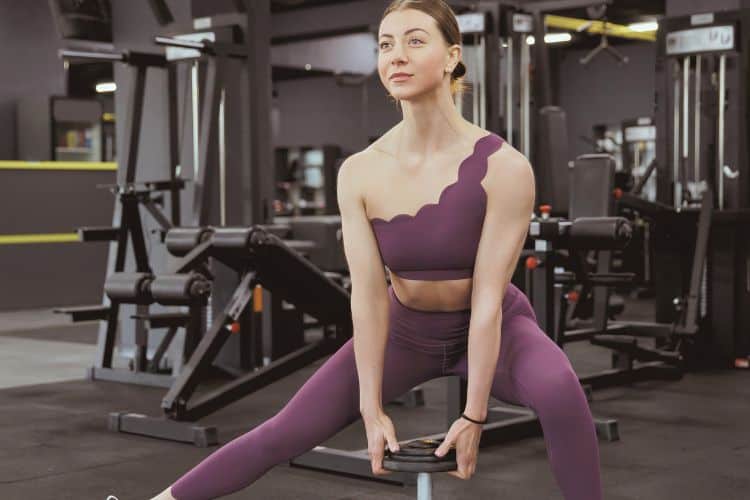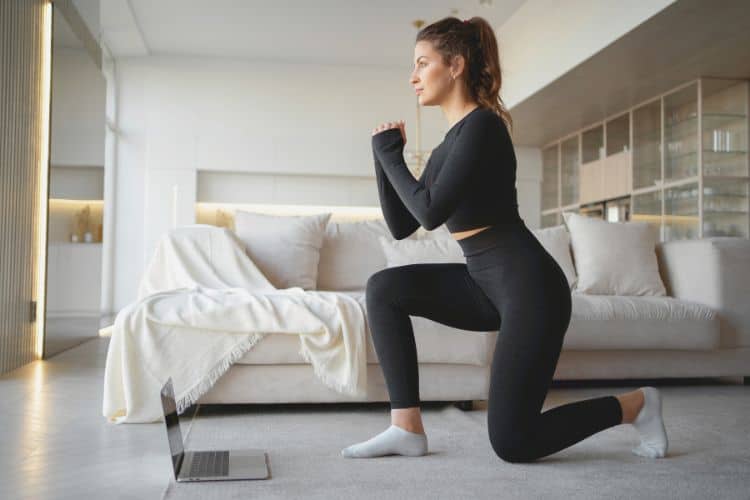Sign up for workout ideas, training advice, reviews of the latest gear and more.






Powerlifting can be an empowering and effective way for women to build strength, improve muscle tone, and enhance overall fitness. While powerlifting may seem intimidating, a beginner program that emphasizes technique and gradual progression can make the sport approachable and rewarding. This guide provides a comprehensive beginner powerlifting program for women, detailing the fundamental exercises, form tips, and weekly structure.
Powerlifting focuses on three main lifts: the squat, bench press, and deadlift. These exercises target multiple muscle groups, making them efficient for building full-body strength. Here’s why powerlifting can be beneficial for women:
Before starting, it’s essential to set achievable goals and monitor your progress. Powerlifting beginners should focus on mastering form over lifting heavy weights. As you progress, tracking your weight, reps, and sets can provide motivation and a sense of accomplishment. Start with a notebook or a fitness app where you can log your workouts and gradually increase weight as you get stronger.
Understanding the main lifts in powerlifting is crucial. Each lift requires proper form and technique to maximize results and prevent injury.
The squat is a foundational movement that strengthens the legs, glutes, core, and lower back. Here’s how to perform it safely:
Common Mistakes: Avoid leaning forward, letting your knees cave inward, or lifting your heels off the ground. Proper form is essential to prevent knee and back strain.
The bench press primarily targets the chest, shoulders, and triceps.
Common Mistakes: Avoid bouncing the bar off your chest or arching your lower back excessively. Maintain steady control throughout the movement.
The deadlift engages the entire posterior chain, including the hamstrings, glutes, and lower back.
Common Mistakes: Rounding the back, lifting with the arms, and letting the bar drift away from your body can increase the risk of injury. Always prioritize form over lifting heavy.
For beginners, a three-day-per-week program is optimal for balancing strength gains and recovery. Each workout will focus on one of the three main lifts, supplemented with accessory exercises to build overall strength.
As you gain strength, increase the weight gradually by 5-10 pounds each week.
By now, your body is conditioned, and you can begin focusing on building strength with slightly lower reps and heavier weights.
Powerlifting requires patience, consistency, and attention to detail. Here are some additional tips to help you thrive:
Improper form can lead to injury and prevent progress. Focus on perfecting your technique before increasing weight.
Allowing your muscles to recover is crucial for progress. Avoid training the same muscle groups two days in a row.
Powerlifting requires fuel, so focus on a balanced diet rich in protein, complex carbohydrates, and healthy fats to support muscle repair and energy levels.
Consider working with a certified trainer, especially in the beginning stages. They can help ensure your form is safe and effective.
Strength gains take time, and progress may not be linear. Stay consistent, and trust the process.
Powerlifting myths often discourage women from trying the sport. Here are some clarifications to common concerns:
A beginner powerlifting program is an excellent way for women to build strength, enhance muscle tone, and achieve fitness goals. By focusing on technique, following a structured weekly program, and prioritizing recovery, women can safely and effectively progress in powerlifting. Remember that consistency and patience are essential, and celebrate each milestone along your powerlifting journey. Powerlifting not only strengthens the body but also boosts confidence, resilience, and self-belief—qualities that extend beyond the gym.
Want more workout and video guide?
Follow us on Pinterest, Facebook, and Subscribe to our Newsletter and Stay tuned for FREE downloads of our App coming soon!
Stay up to date on the latest women’s health, fitness and lifestyle trends and tips.